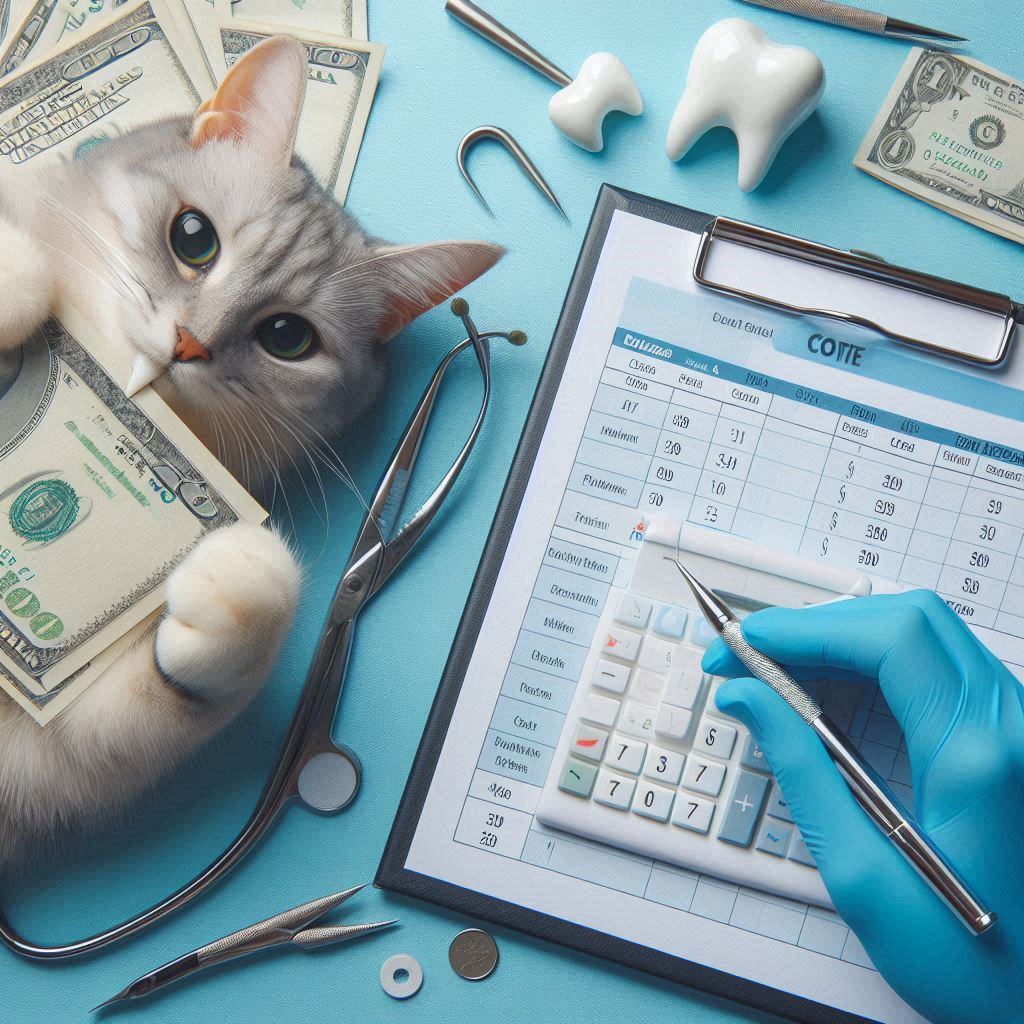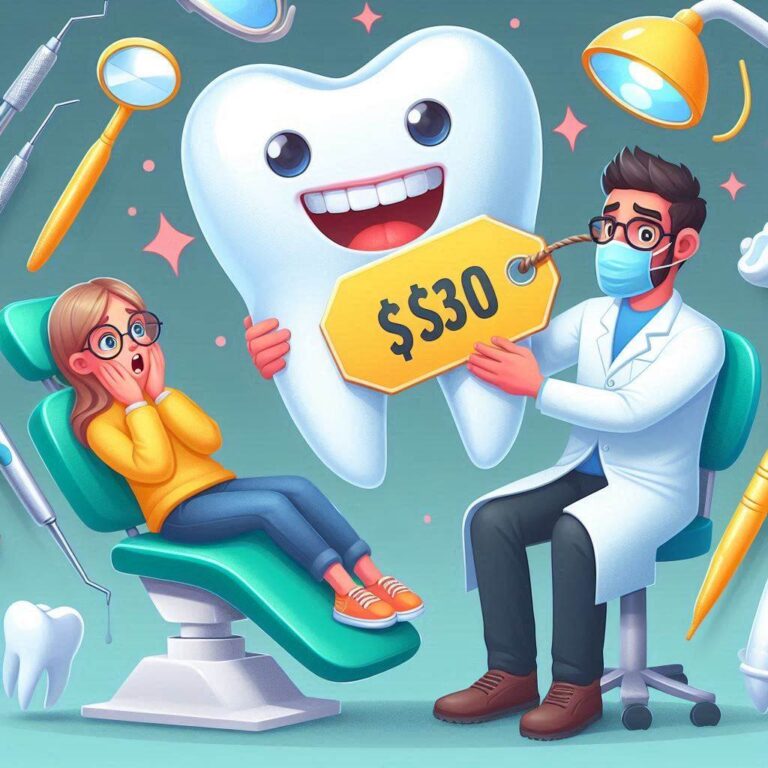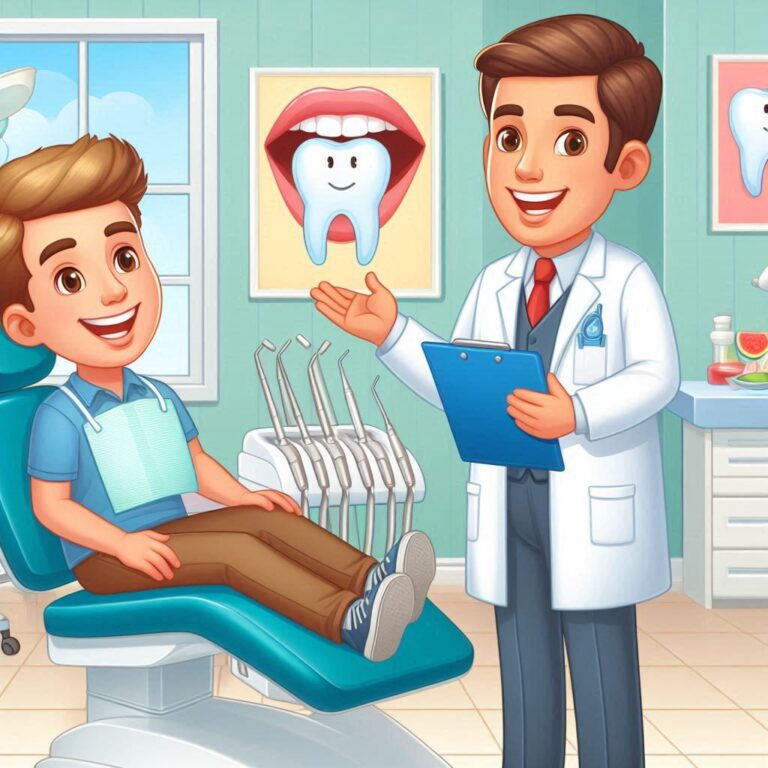Cat Tooth Extraction Cost Estimate
Cats are beloved companions, and their health is a top priority for pet owners. However, dental health is often overlooked, despite being a critical aspect of their overall well-being. Tooth extraction is a common veterinary procedure, but many cat owners are unaware of the costs, process, and aftercare involved. This article delves into the intricacies of cat tooth extraction, providing a detailed cost estimate, exploring the factors that influence pricing, and offering tips to manage expenses. Whether you’re preparing for your cat’s dental procedure or simply seeking to understand the process, this guide will equip you with the knowledge you need.

2. Understanding Cat Dental Health
Cats, like humans, can suffer from a variety of dental issues. Their teeth are designed for hunting and tearing, but domestic life often leads to plaque buildup, gum disease, and other problems. Regular dental care, including brushing and professional cleanings, is essential to prevent severe conditions that may require tooth extraction.
3. Common Dental Issues in Cats
- Periodontal Disease: The most common dental issue in cats, caused by plaque and tartar buildup.
- Tooth Resorption: A painful condition where the tooth structure breaks down.
- Stomatitis: Severe inflammation of the mouth, often requiring multiple extractions.
- Fractured Teeth: Resulting from trauma or chewing on hard objects.
4. When is Tooth Extraction Necessary?
Tooth extraction is typically recommended when:
- The tooth is severely decayed or infected.
- The cat is in chronic pain.
- Non-invasive treatments have failed.
- The tooth is causing systemic health issues.
5. The Cat Tooth Extraction Procedure
The procedure involves several steps:
- Pre-Anesthetic Evaluation: Blood tests to ensure the cat is healthy enough for anesthesia.
- Anesthesia: Administered to keep the cat pain-free and still during the procedure.
- Tooth Removal: The vet carefully extracts the tooth, sometimes requiring surgical techniques.
- Post-Operative Care: Pain management and monitoring for complications.
6. Factors Influencing Cat Tooth Extraction Costs
The cost of cat tooth extraction varies widely based on:
- Location: Urban areas tend to have higher veterinary costs.
- Severity of the Issue: Complex cases require more time and expertise.
- Veterinary Clinic: Specialty clinics may charge more than general practices.
- Additional Treatments: X-rays, medications, and follow-up visits add to the total cost.
7. Average Cost Breakdown of Cat Tooth Extraction
| Cost Component | Average Cost (USD) |
|---|---|
| Initial Consultation | 50−50−100 |
| Dental X-Rays | 100−100−250 |
| Anesthesia | 150−150−300 |
| Simple Extraction | 100−100−300 per tooth |
| Surgical Extraction | 300−300−600 per tooth |
| Post-Operative Medications | 20−20−50 |
| Follow-Up Visits | 50−50−100 |
8. Pre-Extraction Costs: Diagnostics and Consultations
Before extraction, your vet will likely perform:
- Dental X-Rays: To assess the extent of the damage.
- Blood Tests: To ensure your cat can safely undergo anesthesia.
- Oral Examination: To identify all problematic teeth.
9. Post-Extraction Care and Associated Costs
After the procedure, your cat may require:
- Pain Medications: To manage discomfort.
- Antibiotics: To prevent infection.
- Soft Food: To aid healing.
- Follow-Up Visits: To monitor recovery.
10. How to Save on Cat Tooth Extraction Costs
- Pet Insurance: Covers a portion of dental procedures.
- Payment Plans: Some clinics offer financing options.
- Preventive Care: Regular cleanings can reduce the need for extractions.
- Shop Around: Compare prices at different clinics.
11. Insurance and Financing Options for Pet Dental Care
Pet insurance plans often cover dental procedures, but policies vary. Look for plans that include:
- Accident and Illness Coverage
- Dental Add-Ons
- Wellness Plans
12. Risks and Complications of Cat Tooth Extraction
While generally safe, tooth extraction can lead to:
- Infection
- Bleeding
- Anesthesia Risks
- Jaw Fractures (rare)
13. Alternatives to Tooth Extraction
In some cases, alternatives like root canals or crowns may be viable, though these are often more expensive and less commonly performed on cats.
14. Frequently Asked Questions (FAQs)
Q: How long does it take for a cat to recover from tooth extraction?
A: Most cats recover within 1-2 weeks, though full healing may take longer.
Q: Can cats eat normally after tooth extraction?
A: Soft food is recommended initially, but most cats return to their regular diet within a few days.
Q: Is tooth extraction painful for cats?
A: The procedure itself is painless due to anesthesia, but post-operative pain is managed with medications.
Q: How can I prevent my cat from needing tooth extractions?
A: Regular dental care, including brushing and professional cleanings, is key.
15. Conclusion
Cat tooth extraction is a common but often costly procedure. By understanding the factors that influence costs and exploring ways to manage expenses, you can ensure your feline friend receives the care they need without breaking the bank. Prioritizing preventive dental care can also reduce the likelihood of extractions, keeping your cat healthy and happy.


